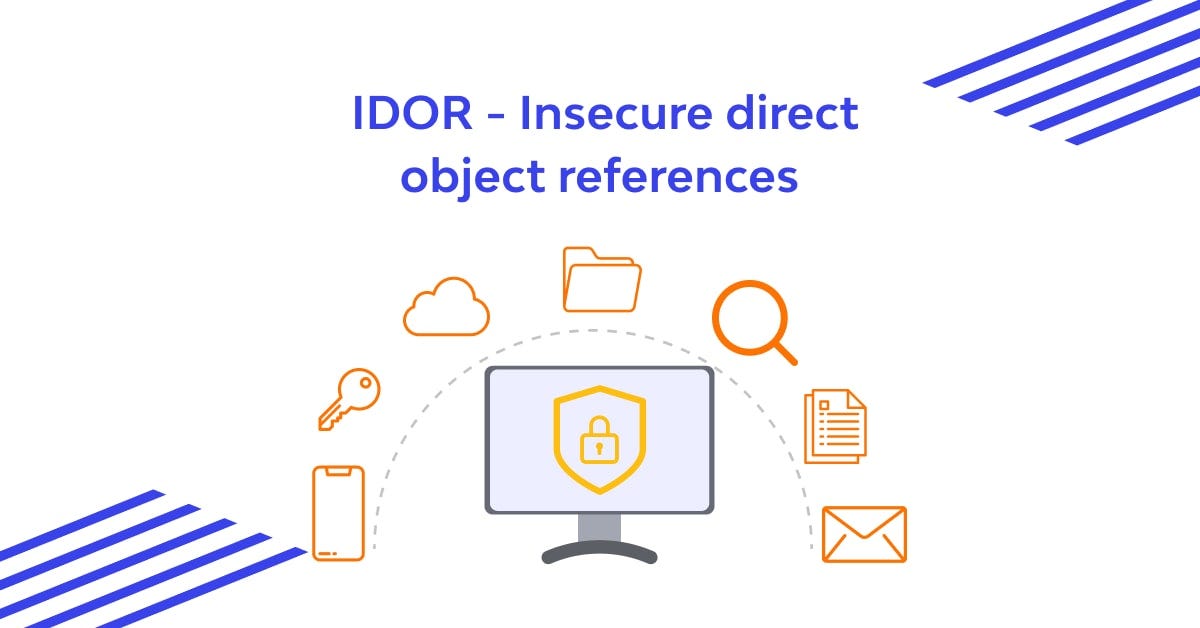BOOK THIS SPACE FOR AD
ARTICLE ADBusiness logic vulnerabilities in web applications are often elusive, misunderstood, and overlooked in standard security auditing. They are insidious in nature, hiding in the very functions that make an application tick. Unlike the more traditional vulnerabilities, these do not rely on software defects but exploit the conditions under which the application operates. In this post, we’ll delve into advanced techniques for identifying and exploiting these security loopholes.
Business logic vulnerabilities exploit the design and function of a web application. They occur when a hacker manipulates the intended workflow or circumvents application controls to achieve a desired outcome, such as unauthorized access, data exposure, or manipulation.
Traditional penetration testing tools might fail to uncover business logic vulnerabilities as these tools usually focus on standard security loopholes like XSS or SQLi. Instead, a deep understanding of the application, combined with creative and out-of-the-box thinking, is required.
In the upcoming sections, we’re going to delve into some real-world case studies. These cases will highlight the complexity, impact, and diversity of business logic vulnerabilities in various sectors and platforms. Through these examples, we hope to provide a more nuanced understanding of these vulnerabilities, the consequences they may carry, and how they might be mitigated.
1. Case Study: Second Order IDOR in an E-commerce Platform
2. Case Study: Race Conditions in Online Banking
3. Case Study: Authorization Bypass via Parameter Tampering
4. Case Study: Business Logic Bypass in a Social Network
5. Case Study: Flawed Logic in a Game Application
Case Study: Second Order IDOR in an E-commerce Platform
In an e-commerce platform scenario, a vulnerability was identified where a user could manipulate the cart ID parameter to view and modify the shopping cart of another user. This is an instance of a Second Order Insecure Direct Object Reference (IDOR), as the exploitation required two steps: first creating a cart, which allowed the discovery of valid cart ID values, and then using those values to manipulate other users’ carts.
Case Study: Race Conditions in Online Banking
Race conditions represent another category of business logic vulnerabilities. A real-world instance of this was seen in an online banking system, where a user was able to exploit a race condition to withdraw funds exceeding their account balance. The user could initiate multiple simultaneous withdrawal requests, each checked against the balance before the previous withdrawal had been completed, causing the system to incorrectly authorize all the transactions.
Case Study: Authorization Bypass via Parameter Tampering
In a report management system, a vulnerability allowed users to view reports they did’t have access to. The system identified the level of access by a “Role” parameter in the URL. By simply changing the “Role” parameter value in the URL, an attacker could gain unauthorized access to confidential reports.
Case Study: Business Logic Bypass in a Social Network
In a popular social media network, a flaw was discovered that allowed the user to bypass the platform’s privacy settings. When the user tagged another user in a post, the tagged user could see the entire post, even if it was marked as private and the tagged user was not on the user’s friend list.
Case Study: Flawed Logic in a Game Application
In an online gaming scenario, the game allowed users to earn bonus points for inviting friends to play. However, a logic flaw meant that points were awarded as soon as the invitation was sent, rather than when the invitee accepted and joined the game. As a result, a user could send an invitation to a nonexistent email address, cancel the invitation, and still get the bonus points. This could be repeated for unlimited points, breaking the game balance and fairness.
Addressing business logic vulnerabilities requires a mix of technical controls and sound architectural design. Here are a few general recommendations:
1. Input validation: Adopt rigorous server-side input validation, ensuring only expected inputs are processed.
2. Strong authentication and session management: Implement robust authentication, session management, and access controls to prevent unauthorized access.
3. Use of web application firewalls (WAFs): While they can’t identify business logic flaws directly, WAFs can help deter potential attackers by blocking unusual requests.
4. In-depth application knowledge: Developers and security teams need to understand how the application works and the potential risks associated with its functions.
Business logic vulnerabilities lurk within the very functions that make an application unique and valuable, making them challenging to detect and mitigate. However, with a deep understanding of an application, a keen eye for detail, and a dash of creativity, ethical hackers can identify these hidden threats and help create safer web applications.
If you’ve found my content valuable and want to support my ongoing research and work, consider making a contribution at https://www.buymeacoffee.com/lopseg. Your support is greatly appreciated!
.png)
 11 months ago
50
11 months ago
50 














 Bengali (Bangladesh) ·
Bengali (Bangladesh) ·  English (United States) ·
English (United States) ·